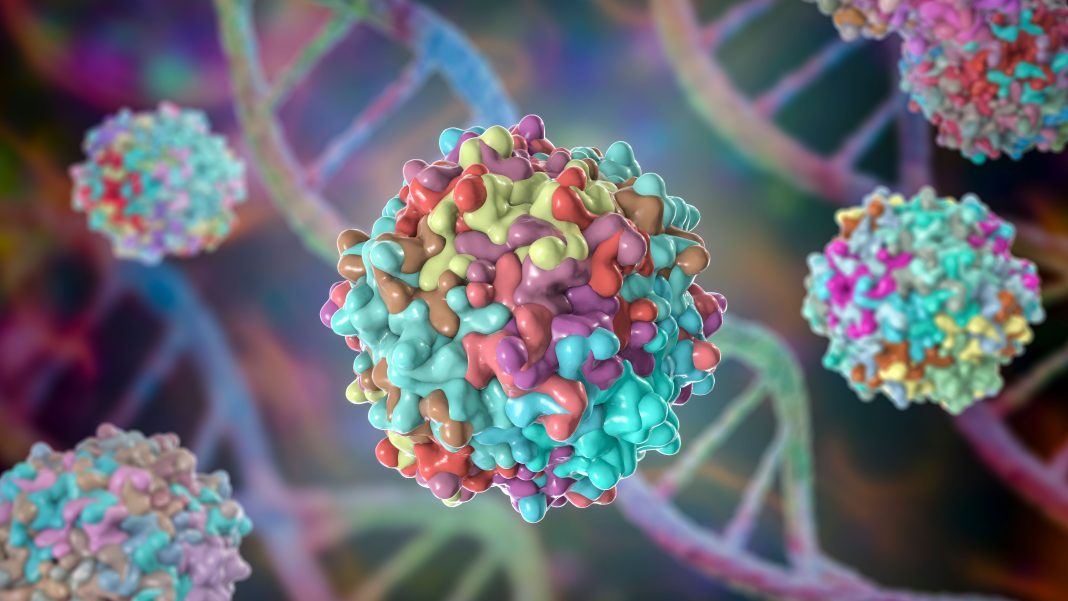Sponsored content brought to you by
Regulators forecast continued growth in cell and gene therapies (CGTs). The FDA, for example, expects 10–20 approvals of new CGTs a year by 2025. To help the biopharmaceutical industry accelerate the creation of new CGTs even more, Charles River Laboratories developed its nAAVigation™ Vector Platform, which was launched recently at the Cell and Gene Meeting on the Mesa.
Based on more than 10 years of experience with adeno-associated virus (AAV) production, experts at Charles River created the nAAVigation™ Vector Platform to accelerate the pathway to GMP AAV vector manufacturing, all without the need for significant
process development by a customer.
Pillars of the platform process
This platform relies on a proprietary, high-productivity HEK293 suspension cell line, and what the company calls the “three pillars.” Ramin Baghirzade, PhD, senior director, global head commercial, gene therapy CDMO services at Charles River, says that the pillars are 1) in-house plasmid-DNA development, 2) viral-vector production, and 3) 100% in-house testing with a simplified and secure supply chain.
Plasmid DNA is typically required as a starting material for AAV manufacturing. Any delay in procuring plasmid DNA has a domino effect, one in which a series of delays propagates from one manufacturing step to the next, pushing back release dates. To help prevent AAV manufacturing delays, Charles River recently announced the grand opening of its new plasmid DNA manufacturing facility in Alderley Park, UK. The facility will bring a lot of new capacity online, allow all analytics to be performed in-house, and enable Charles River to expedite batch release—both for plasmid DNA and viral vector—while maintaining full internal control over manufacturing activities.
“Based on our standardized platform approach, we know what material is going to be used in the manufacturing process, and we’re able to secure that material well in advance before the manufacturing starts,” Baghirzade says. Such approaches are not in effect at all contract development and manufacturing organizations (CDMOs). “What we’ve seen in the industry,” Baghirzade notes, “is that CGT developers might go to a CDMO and ask for a slot, and then, even if they get one, they might wait on materials for six months, nine months, sometimes even much longer than that.” According to Baghirzade, Charles River’s approach helps customers avoid any delays in the manufacturing or release of a CGT.
Delays endanger patients who need new CGTs and create challenges for biopharmaceutical companies. “Prolonged delays are costly, and extra process development activities impact timelines,” Baghirzade explains. “Overall, we know that the biopharma industry needs an expedited and cost-effective pathway to GMP.”
A faster path to GMP
The platform attracts a variety of users. “Some of our customers are still in the early stages of the development process, oftentimes still at laboratory scale,” Baghirzade says. “In other cases, customers only have an idea for a gene of interest, and nothing else.” The nAAVigation™ Vector Platform can be used from any starting point through GMP manufacturing.
Plus, the platform drastically speeds up that journey. “The traditional timeline for GMP manufacturing and release is 18 months and above,” Baghirzade points out. “With our approach—integrating the three pillars under one roof—we’re able to bring this down to below eight months.” On average, the nAAVigation™ Vector Platform shortens a program’s timeline to GMP by 55%. “Our platform approach,” Baghirzade asserts, “has obviously played a critical role in helping us to bring this down.”
Customers can bring projects of various scales to develop and manufacture on the nAAVigation™ Vector Platform. “To satisfy small-scale needs, we can run projects at 50 L,” Baghirzade remarks, “but we can also use 200 or 500 L in GMP, with plans to expand to 1,000 L and beyond.”
Although Charles River developed this platform for suspension approaches, the company can also work with adherent-based culturing. “If a process is already somewhat developed for adherent methods, we will always work with our customers as partners,” Baghirzade declares.
Throughout the development of the nAAVigation™ Vector Platform, Charles River remains customer-focused. As Baghirzade concludes, “Ultimately, what we’re trying to do is accelerate solutions to our customers’ needs on the pathway to the clinic.”
Get the Details at criver.com/cgt-cdmo






